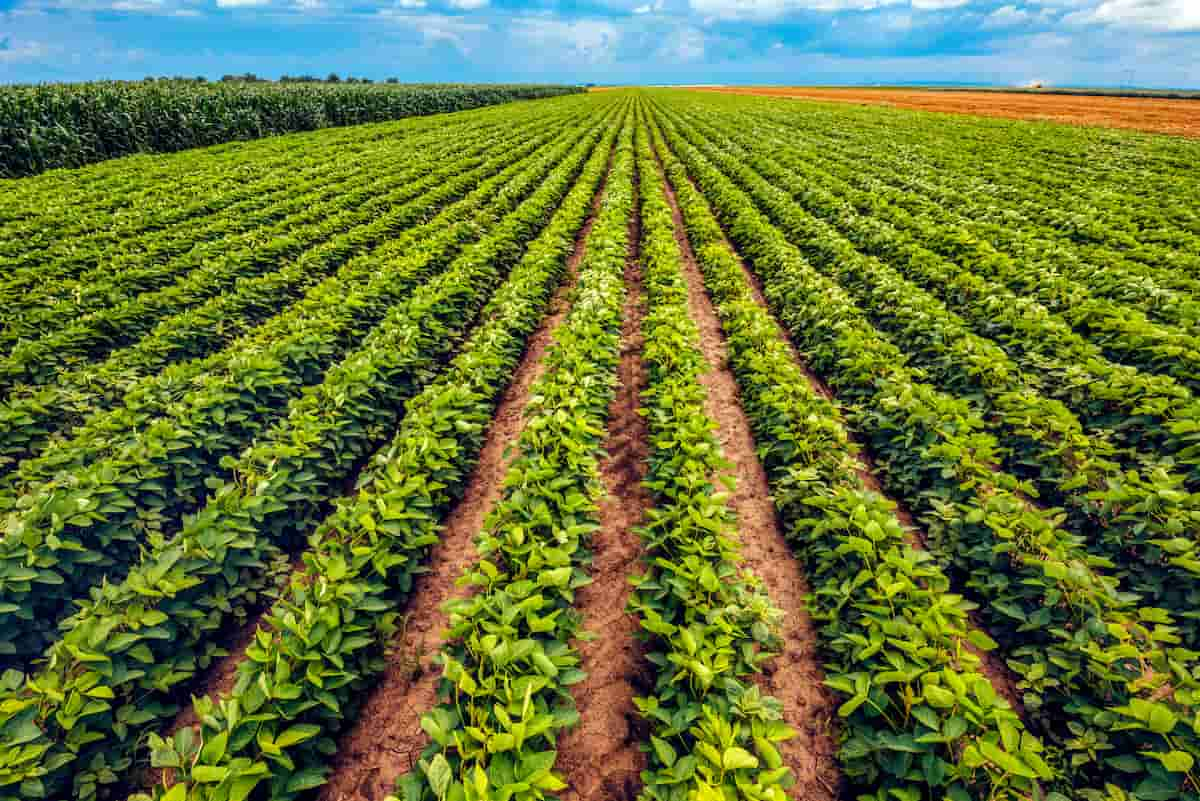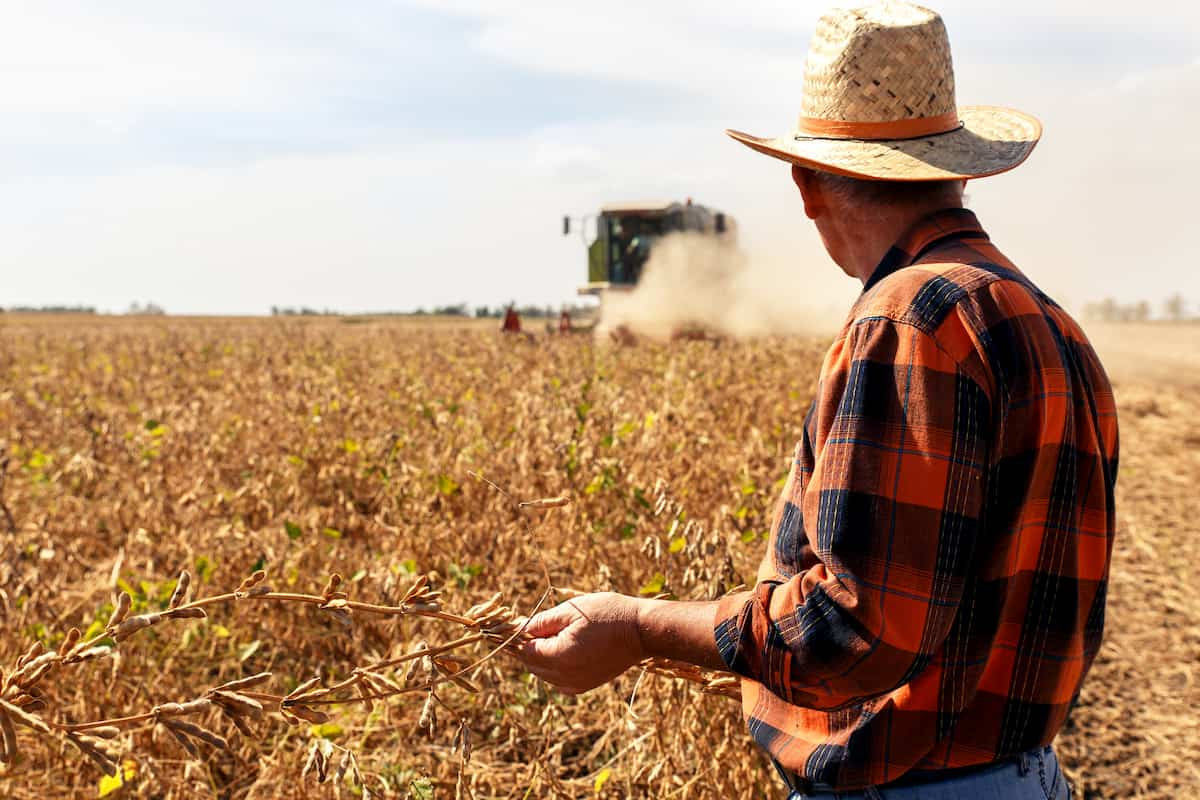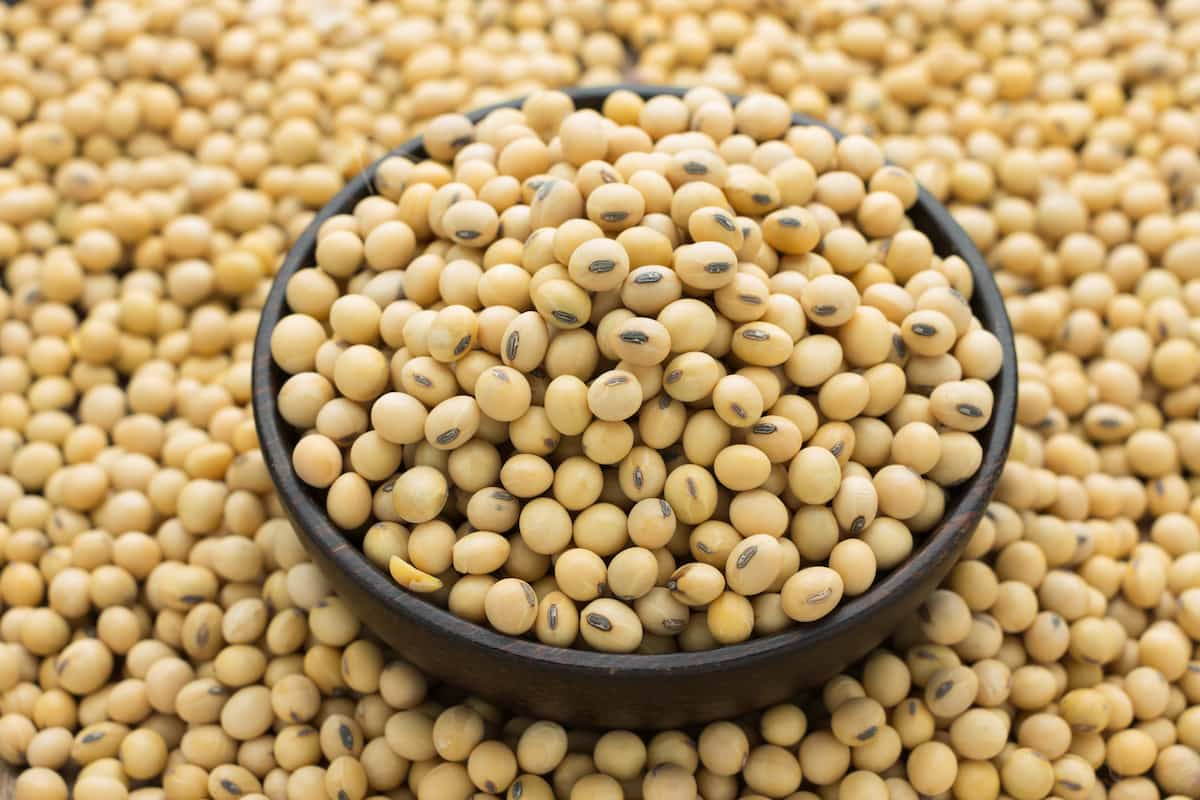North Carolina has a thriving agricultural industry, with soybean farming as one of its most significant contributors. This adaptable and lucrative crop thrives in the state’s varied climate and excellent soil. This comprehensive guide will provide a step-by-step process for starting a successful soybean farm in North Carolina, covering everything from planting seeds to harvesting the crop.

How to Start Soybean Farming in North Carolina
Understand the North Carolina Climate for Soybean Farming
North Carolina’s average annual temperature is 60°F, with hot summers and pleasant winters. This provides a favorable environment for soybean farming, as the crop thrives in warm temperatures and can tolerate moderate to high precipitation levels. Soybeans typically require between 50 and 70 days of temperatures above 60°F to reach maturity.
In North Carolina, soybeans are usually grown in two distinct regions: the Coastal Plain and the Piedmont. The Coastal Plain experiences a longer growing season and more consistent rainfall, while Piedmont has a shorter growing season and can experience droughts. Understanding the nuances of your specific region’s climate will be crucial for determining the best planting and harvesting times.
Select the Appropriate Soybean Varieties
Several soybean varieties are suitable for North Carolina’s climate, with differences in maturity groups, disease resistance, and yield potential. Some popular choices include:
- AGS 203 (Group 3): This early-maturing variety is suitable for double-cropping and has good resistance to several diseases, including frogeye leaf spot and stem canker.
- NC-Raleigh (Group 4): This variety has high yield potential and is resistant to soybean cyst nematode, a common pest in the region.
- NC-Roy (Group 5): A late-maturing variety suitable for single-cropping, NC-Roy has excellent resistance to frogeye leaf spot and stem canker.
Consult with local extension agents and other farmers to determine which varieties best suit your location and farming goals.
Prepare the Land for Planting
A soil test to evaluate nutrient levels and pH is necessary before planting soybeans. Soybeans grow best in well-drained, loamy soil with a pH between 6.0 and 6.5. Based on the test results, you may need to apply lime or other amendments to optimize the soil for soybean production. Next, clear the land of debris and vegetation, then till the soil to create a smooth seedbed. If you’re planting soybeans after a previous crop, consider using a no-till or conservation tillage method to preserve soil structure and reduce erosion.
Planting Soybean Seeds
Depending on your equipment and preferences, soybean seeds can be planted with a drill or planter. Seeds should be placed 1 to 1.5 inches deep, 2 to 4 inches apart, and 30 inches between rows. In North Carolina, the optimal planting time for soybeans is between late April and early June, depending on your region’s climate and the chosen variety’s maturity group. Planting during this window will ensure that the crop matures before the first fall frost, typically in October or November.
Fertilize and Manage Pests
Soybeans require relatively low fertilization levels, but providing the necessary nutrients to support healthy growth is important. Based on your soil test results, apply the recommended phosphorus, potassium, and nitrogen rates to the soil.
In case you missed it: How to Start Soybean Farming in Minnesota: A Step-by-Step Production Guide for Planting to Harvest

To manage pests, monitor your crop regularly for signs of infestation by insects, diseases, and weeds. Common soybean pests in North Carolina include the soybean cyst nematode, stink bugs, and various fungal diseases such as frog eye leaf spot and stem canker. To reduce pest populations and the negative effects on the environment caused by their elimination, IPM practices should be used.
Crop rotation, resistant variety planting, and adequate plant spacing are all methods that may be used to lessen the likelihood of pest and disease infestations. If chemical control is necessary, apply pesticides according to label recommendations and consult with local extension agents for guidance.
Irrigation and Water Management
While soybeans can tolerate moderate precipitation levels, they may require supplemental irrigation during dry periods, particularly in the Piedmont region. During critical growth stages like flowering and pod development, provide 1 inch of water per week by monitoring soil moisture and rainfall. Implement water conservation practices, such as drip irrigation systems and scheduling irrigation during cooler parts of the day, to reduce water loss and improve efficiency.
Soybean Harvest Season in North Carolina
Soybean harvest season in North Carolina typically begins in September and extends through November, depending on the maturity group of the variety and the specific climate of your region. Soybeans are ready for harvest when they reach physiological maturity, indicated by a moisture content of around 13-15%. At this stage, the leaves will have dropped, and the pods will be brown and dry.
Soybean Harvesting Machinery
Several types of soybean harvesting machinery are available, with the most common being a combine harvester. This machine simultaneously cuts the soybean plants, separates the beans from the pods, and collects the harvested beans in a storage tank. Combines can have various headers, such as a draper or flex head, to accommodate different field conditions and crop heights.
Before harvesting, ensure your machinery is clean, well-maintained, and properly adjusted to minimize seed loss and damage. Additionally, monitor weather conditions and avoid harvesting during wet conditions, as this can lead to poor grain quality and increased machinery wear.
Post-Harvest Handling and Storage
Once the soybeans are harvested, they should be properly cleaned, dried, and stored to maintain quality and prevent spoilage. Use a grain cleaner or air screen cleaner to remove any dirt, debris, or damaged beans from the harvested crop. Next, dry the soybeans to a moisture content of around 12% using a grain dryer or natural air-drying methods. For several months, properly dried soybeans can be stored in clean, well-ventilated bins. To keep beans fresh, check their temperature and moisture.
In case you missed it: How to Start Soybean Farming in Illinois: A Step-by-Step Production Guide for Planting to Harvest

Conclusion
Starting a soybean farm in North Carolina requires careful planning, from selecting the right variety to managing pests and harvesting the crop. By following this step-by-step guide and adapting to the unique challenges of your specific region, you can successfully establish a profitable soybean farming operation in the NC State.
- Ultimate Guide to Ossabaw Island Hog: Breeding, Raising, Diet, and Care
- Ultimate Guide to Juliana Pig: Raising Facts, Size, Diet, Care, and Lifespan
- Raising Lleyn Sheep: Disadvantages, Price, Uses, Characteristics, and Care
- Ultimate Guide to Meishan Pig: Breed Facts, Breeding, Raising, and Care
- Ultimate Guide to Teacup Pigs: Raising, Diet, Lifespan, Cost, and Care
- Guide to Raising Poll Dorset Sheep: Facts, Profile, Characteristics, Uses, and Care
- Ultimate Guide to Bighorn Sheep: Characteristics, Diet, Lifespan, Breeding, and Lifecycle
- Ultimate Guide to Raising Katahdin Sheep: Farming Facts, Breed Profile, Uses, and Care
- Ultimate Guide to Raising Oreo Cows: Belted Galloways Farming Facts, Profile, Uses, and Care